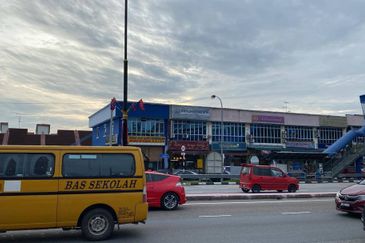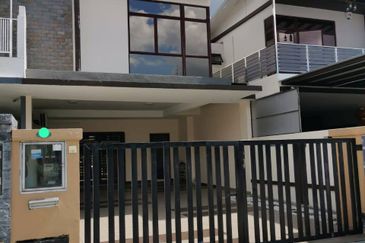 SHAH ALAM (May 25): I-Bhd – the developer of i-City in Shah Alam – is set to launch the RM1.1 billion Central Tower at year-end, said I-Bhd deputy chairman Datuk Eu Hong Chew at a media briefing after the group’s annual general meeting today.
SHAH ALAM (May 25): I-Bhd – the developer of i-City in Shah Alam – is set to launch the RM1.1 billion Central Tower at year-end, said I-Bhd deputy chairman Datuk Eu Hong Chew at a media briefing after the group’s annual general meeting today.
“The project will consist of residences, offices and retail units. Details such as the built-up and price will be announced closer to the launch date,” he added.
Meanwhile, Eu also noted that the company expects a better performance for 2016 compared with last year.
“The unbilled sales as at March 31 stands at about RM745 million which is more than three times the 2015 revenue generated from the property development sector which provides a good base for the growth in revenue and profit this year,” he said.
I-Bhd has registered sales of RM190 million to date and has a sales target of more than RM400 million for their financial year ending Dec 31.
“We have delivered the first phase of I-Bhd’s growth plan which is essentially making property development the main contributor [to our revenue]. The property development revenue has grown eightfold since 2012 to RM200 million in 2015 and we expect a targeted revenue of RM500 million per annum by 2018,” he said.
Commenting on the sales of their two projects launched in 1Q2016 – the Hyde Tower apartments in i-City and high-end condominiums, 8 Kia Peng, in KL, he noted that the take-up rate of the two projects are about 60% and 20% respectively.
About half of buyers who have placed their booking fee have already secured the loan from the bank and have signed the sales and purchase agreements.
“8 Kia Peng is targeted towards the more affluent market while the projects in i-City are more suitable for first-time homebuyers with its affordable range of properties. Sixty to seventy percent of our projects in i-City are priced below RM500,000,” he said.
i-City is a 72-acre freehold integrated development with a gross development value of RM9 billion.
Currently, 10% of the entire project is developed, while 50% is still under construction. Work on the remaining 40% is expected to be developed after 2017.

























